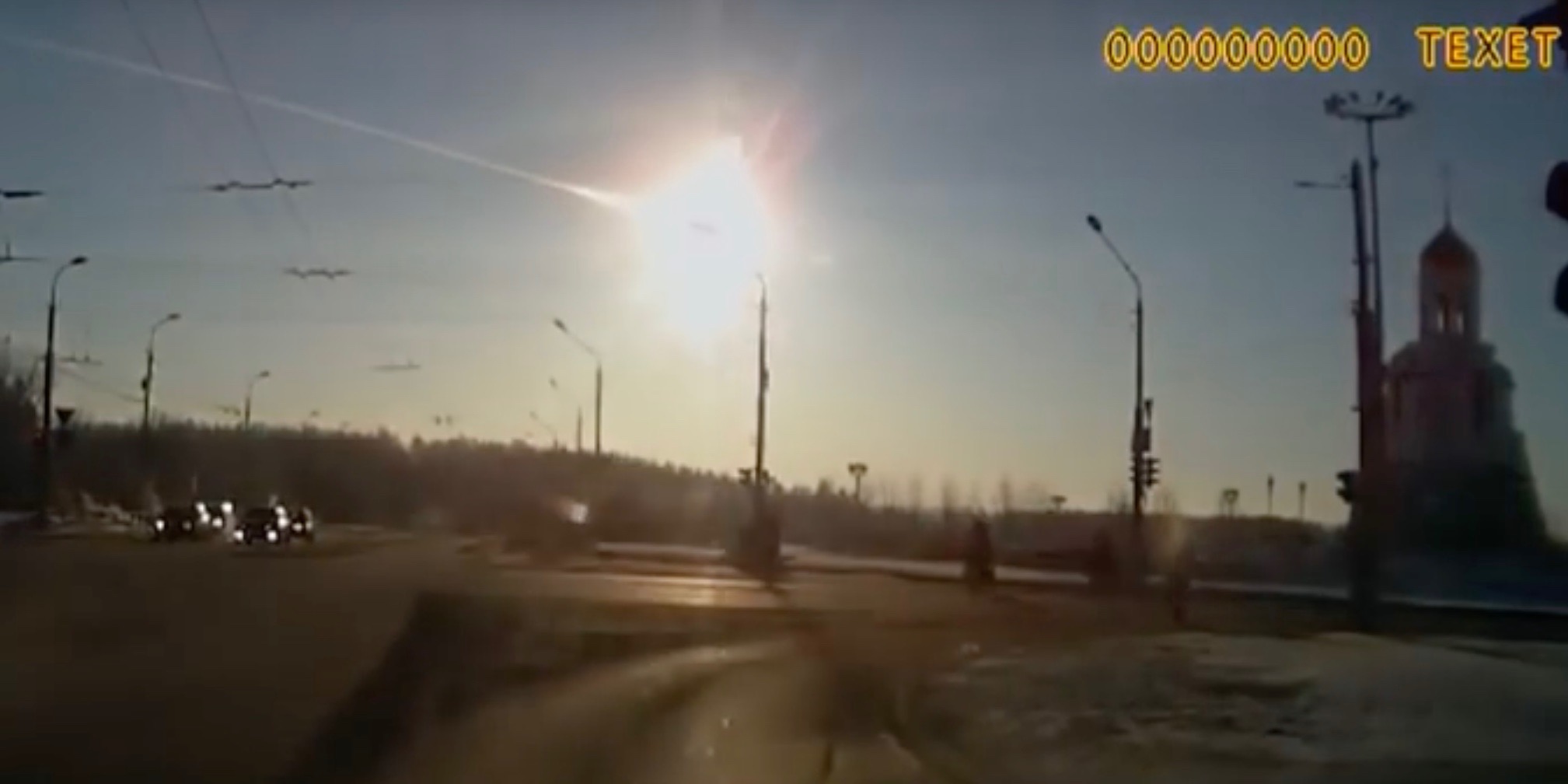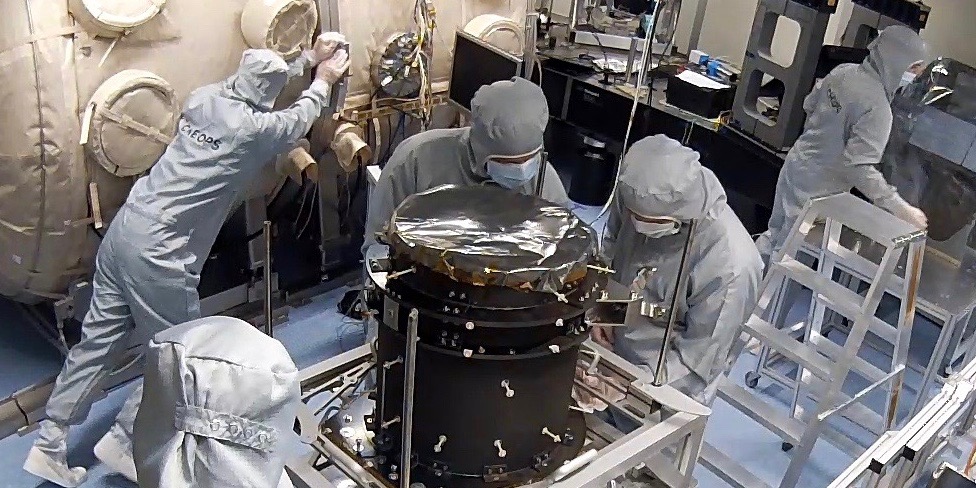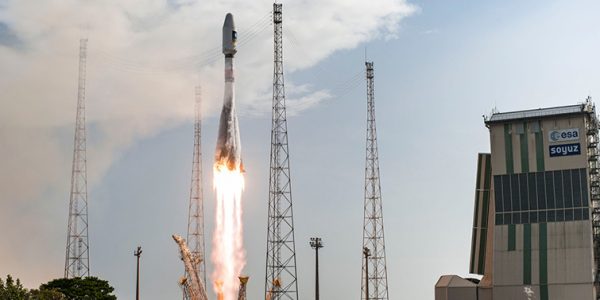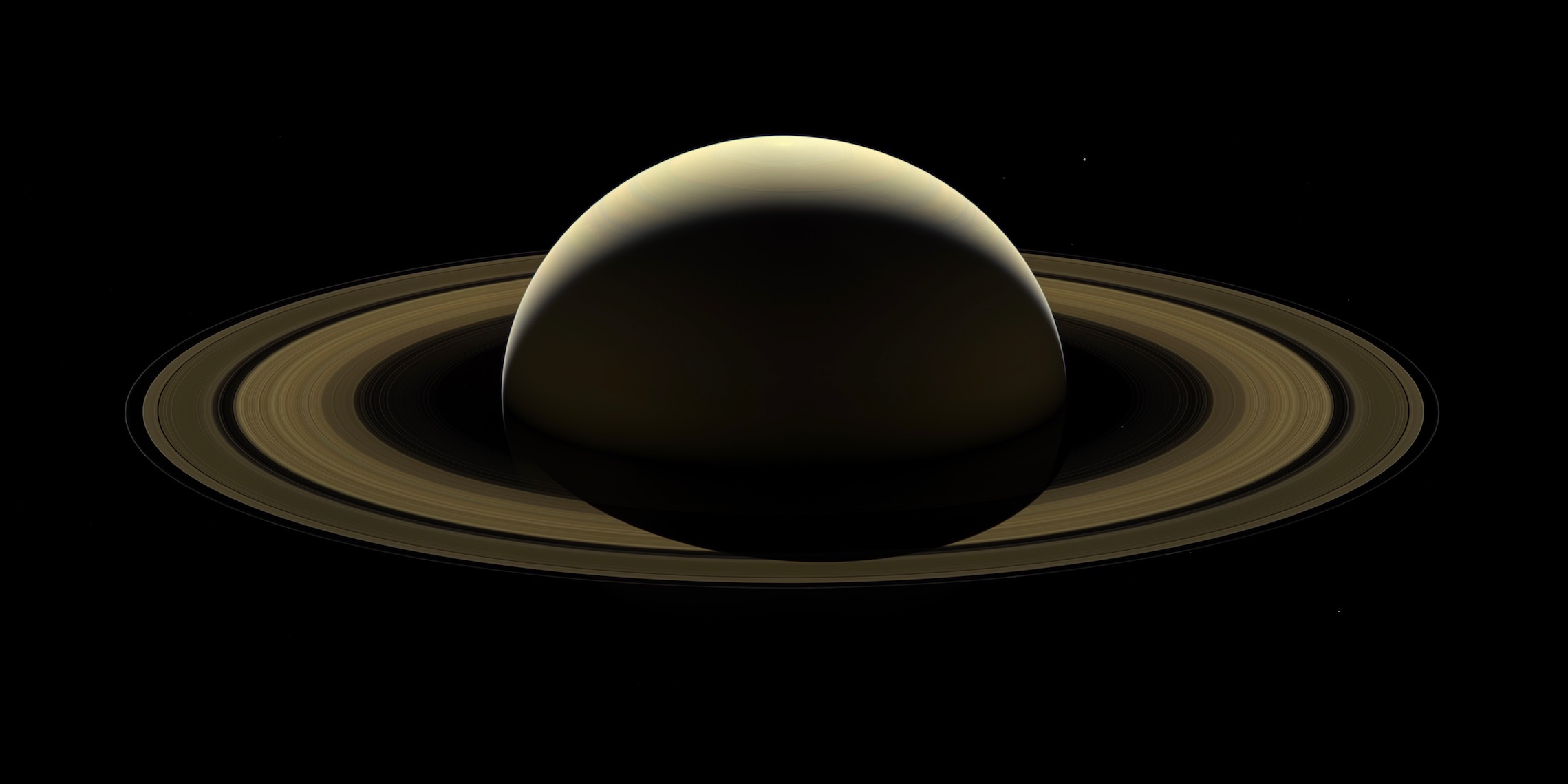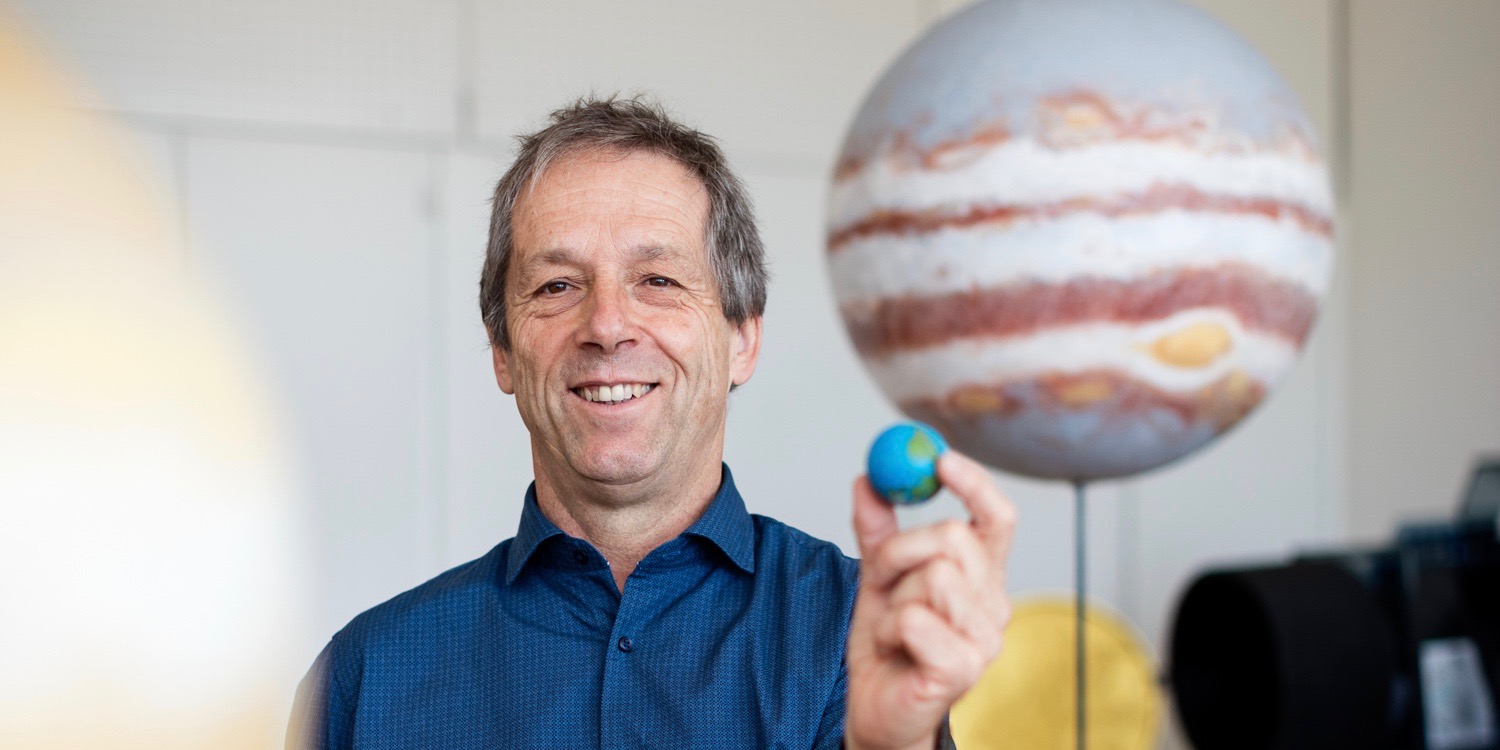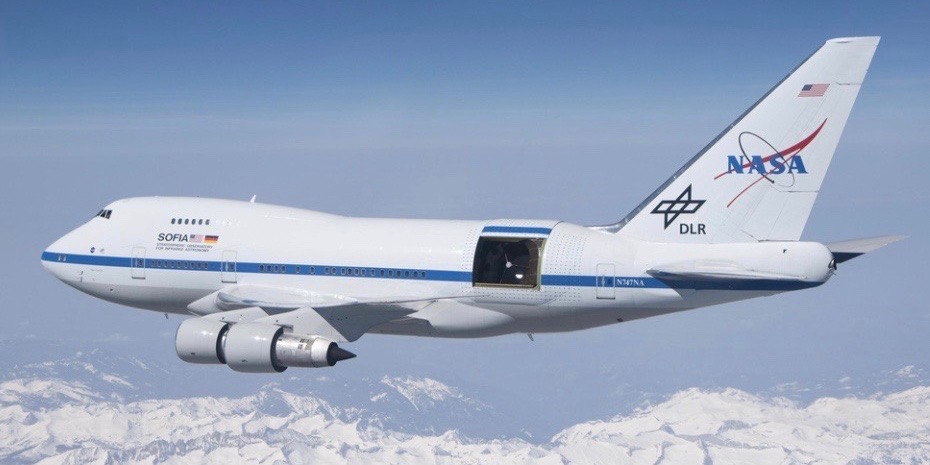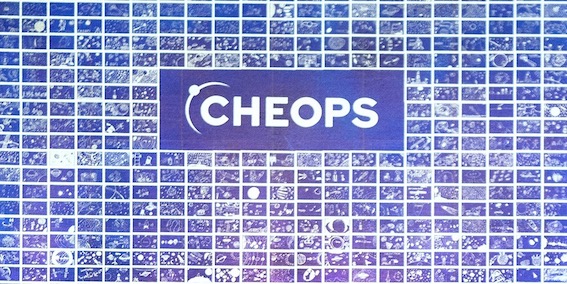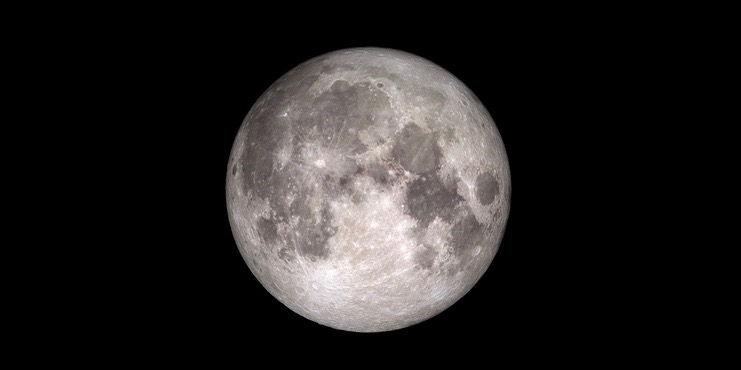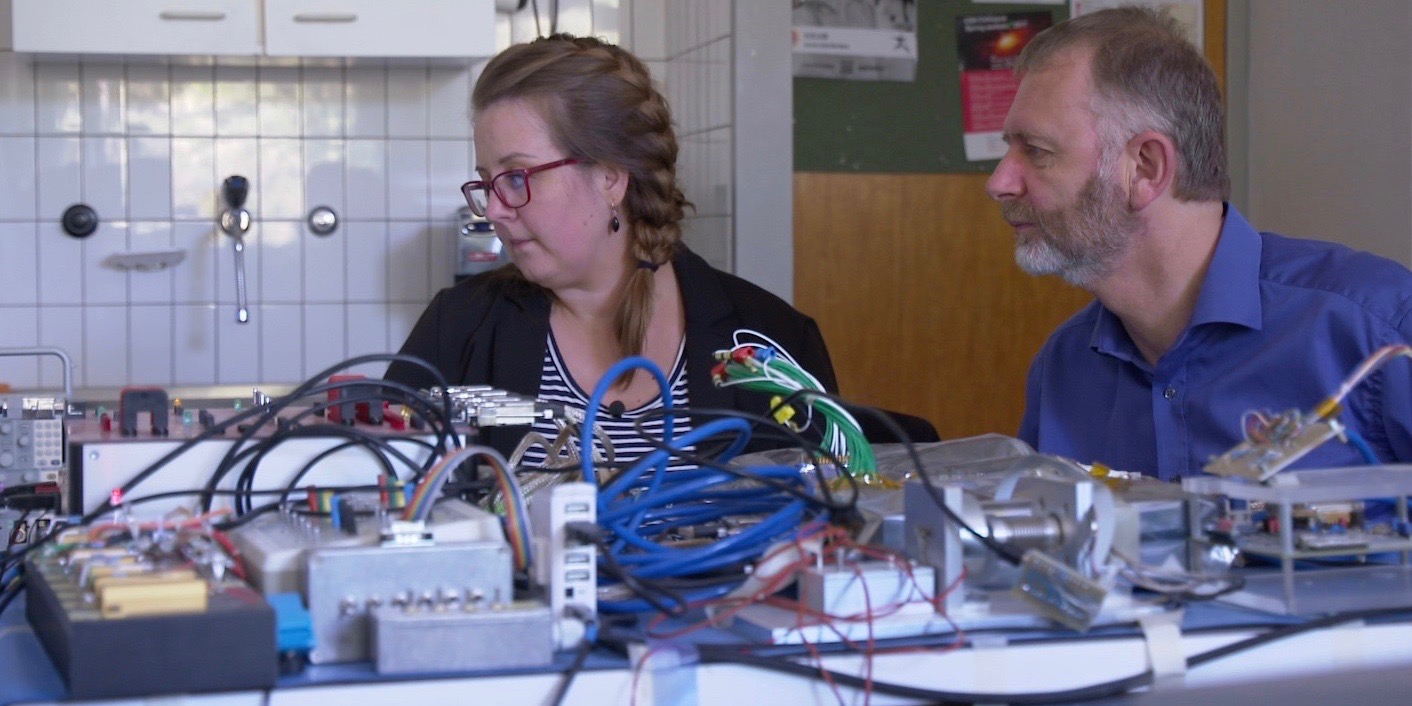External Newsletter
Building planets as sandcastles
Planetary formation starts with small dust grains in disks surrounding young stars. But dust growth is hindered by collisional fragmentation and radial drift. So, how are the larger planetesimals, the building blocks of planets, formed? This is still an open question. Now, scientists of PlanetS have found a mechanism bridging the gap between the early […]
Continue ReadingNew insights into the Earth’s formation
Meteorites contain far less chlorine, bromine and iodine than previously thought. This was the finding from new measurements carried out by a team of international researchers. The new result allows some interesting conclusions to be drawn about the Earth’s formation: there were phases with an abundance of volatile elements on the Earth’s surface right from […]
Continue ReadingThe history of CHEOPS
Engineers at the University of Bern are developing the CHEOPS space telescope. From Earth´s orbit, this telescope is supposed to measure the diameter of exoplanets which are light-years away from us and pass in front of their host star. Swiss astronomers had the idea for CHEOPS back in 2008. Willy Benz, professor at the Physics […]
Continue ReadingFairing sticker competition
Are you a student of graphic art or design or an early career graphic artist or designer? Then, you might be interested in participating in a competition organised by the European Space Agency ESA. The winner will get the unique opportunity to feature his or her work on the rocket carrying the CHEOPS satellite into […]
Continue ReadingCassini – the big dive
On September 15, 2017, the Cassini probe completed its last orbit around Saturn before diving into its atmosphere. A touching end to the mission for the team of planetary scientists, engineers and other researchers who have been following the spacecraft’s feats since its launch 20 years ago. “If we let the spacecraft indefinitely orbit Saturn, […]
Continue ReadingESPRESSO
Dear Reader, As you will read in this edition of the Observer, we have said good-bye to ESPRESSO which is now on its way to the ESO Paranal Observatory near Antofagasta in Chile where it will be integrated into the VLT later this year. ESPRESSO, the development of which was led by Francesco Pepe from […]
Continue ReadingChasing alien worlds with a flying telescope
The airborne Stratospheric Observatory for Infrared Astronomy (SOFIA) observed a mini-eclipse of the extrasolar planet GJ 1214b. The goal was to find out if this world outside of our solar system is a super-sized Earth or a miniature Neptune. It was the first time SOFIA did observations of this kind and it was demonstrated that […]
Continue ReadingCHEOPS children drawings engraved
Our campaign to collect CHEOPS children drawings is completing a major milestone as the first plaques have been engraved. The article tells the story of their production and illustrates the beautiful results. Between March and October 2015, children between the age of 8 and 14 were invited to participate in a competition and submit a […]
Continue ReadingCollision with neighbour
According to theory, the moon was created during a gigantic collision between the earth and another celestial body called Theia. But where did this body come from? Based on high-precision analysis of lunar samples, ETH professor Maria Schönbächler concludes, “Theia was a small planet that formed near the earth.” Maria Schönbächler and her team at […]
Continue ReadingHow to operate the Mars camera CaSSIS
The Colour and Stereo Surface Imaging System (CaSSIS) was built at the University of Bern. As part of ESA’s Trace Gas Orbiter (TGO) it has been orbiting Mars since October 2016 and took some first high resolution images. The normal operation will start next year when TGO has reached its final orbit. Then, the spacecraft […]
Watch Video

